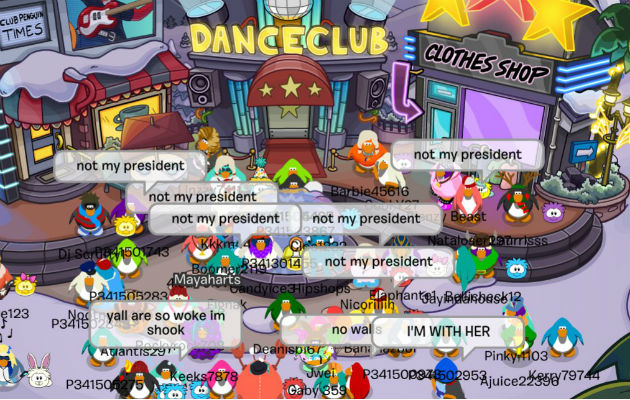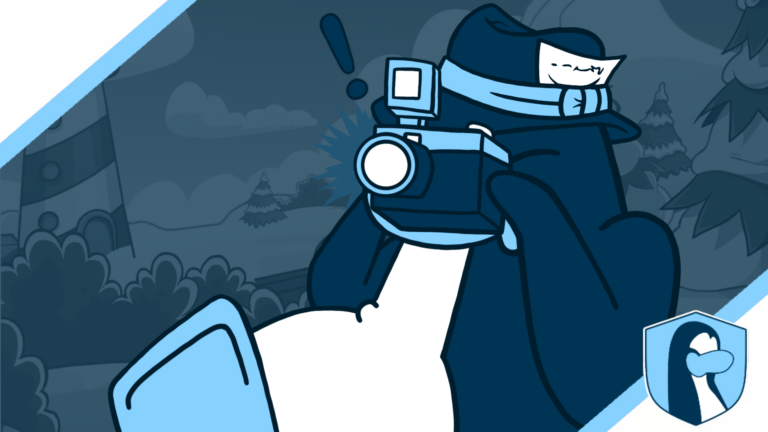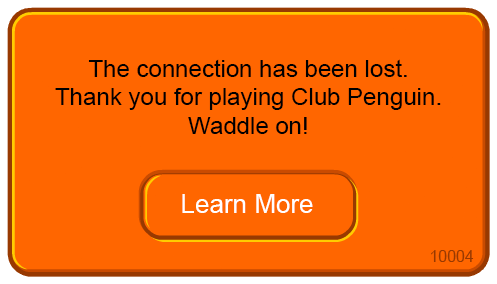Welcome back to Picture Perfect, the column where we analyze photos from years past. In today’s edition, we’re going to look at something important to many of us: the closure of Club Penguin.
Losing Steam
The beginning of the downfall of Club Penguin is difficult to pinpoint exactly. However, search trends suggest it began after a peak in 2011, with one last surge in activity occurring in 2012, with parties such as Operation: Blackout and the Holiday Party. By the turn of the decade, Club Penguin, while still popular, started losing its ground due to its aging player base and its failure to adapt a gaming industry moving towards mobile.

Google Trends tracking of Club Penguin
Disney tapped into the mobile industry many times with the Club Penguin brand. The first was Puffle Lunch in 2011, followed by the Club Penguin App, Sled Racer, Puffle Wild, and SoundStudio over the following years. Although these apps had their own player bases, they were pale in comparison to expectations and struggled.
Brighter Horizons
Eventually, the team announced plans of a long-term integration of the mobile platform with an online web version of Club Penguin. It included abandoning traditional servers and “connecting the community on clubpenguin.com to mobile devices.” ‘CPNext‘ was launched though the new technology was never fully implemented on the live servers.

Coverage of the ‘CPNext’ update on the day of its announcement by army news sites
Disney Interactive Studios, Club Penguin’s developers, laid off many employees over a few years. Despite efforts to boost the popularity of Club Penguin’s mobile products, they failed to gain traction. The development of CPNext was incomplete and, by 2016, Disney ceased distributing all mobile Club Penguin games except for the Club Penguin App.
Mismanaged
In June 2014, the Club Penguin team announced the development of “Project: Super Secret” in a blog post. However, development couldn’t start earlier due to Club Penguin’s declining popularity and various issues. In 2016, issues such as botting and a lack of moderation came to the forefront, along with protests related to real-life issues.

Protests in light of Donald Trump’s controversial victory in the 2016 United States Presidential election became a daily issue due to the lack of moderation from layoffs
In November 2016, Disney disclosed that the game being developed under the title “Project: Super Secret” was Club Penguin Island. However, just two months later, the community received a disheartening update in a blog post titled “Important Announcement Regarding Club Penguin on Desktop and Mobile Devices.” The post revealed that Club Penguin would be discontinued in favor of the new Club Penguin Island.
After Club Penguin was discontinued, the future of many armies was uncertain. Some armies shifted to private servers or other platforms to continue their existence. However, most of the armies had to announce their closure which led to the departure of many troops from the community.
This March marks the seventh anniversary of the original Club Penguin’s closure. For many members, this still leaves us in a state of melancholy. However, despite all the hurdles the community has faced, the we have persisted and will celebrate 18 years this year.
The community has faced many challenges in the past few years since COVID-19 hit. Despite the difficulties, like during the CPNext crisis, the current Chief Executive Producer and army legend Mchappy‘s words “We can […] adapt and try to work together to find an efficient solution” have only become more inspiring with time. Were you there during the game’s last minutes?

